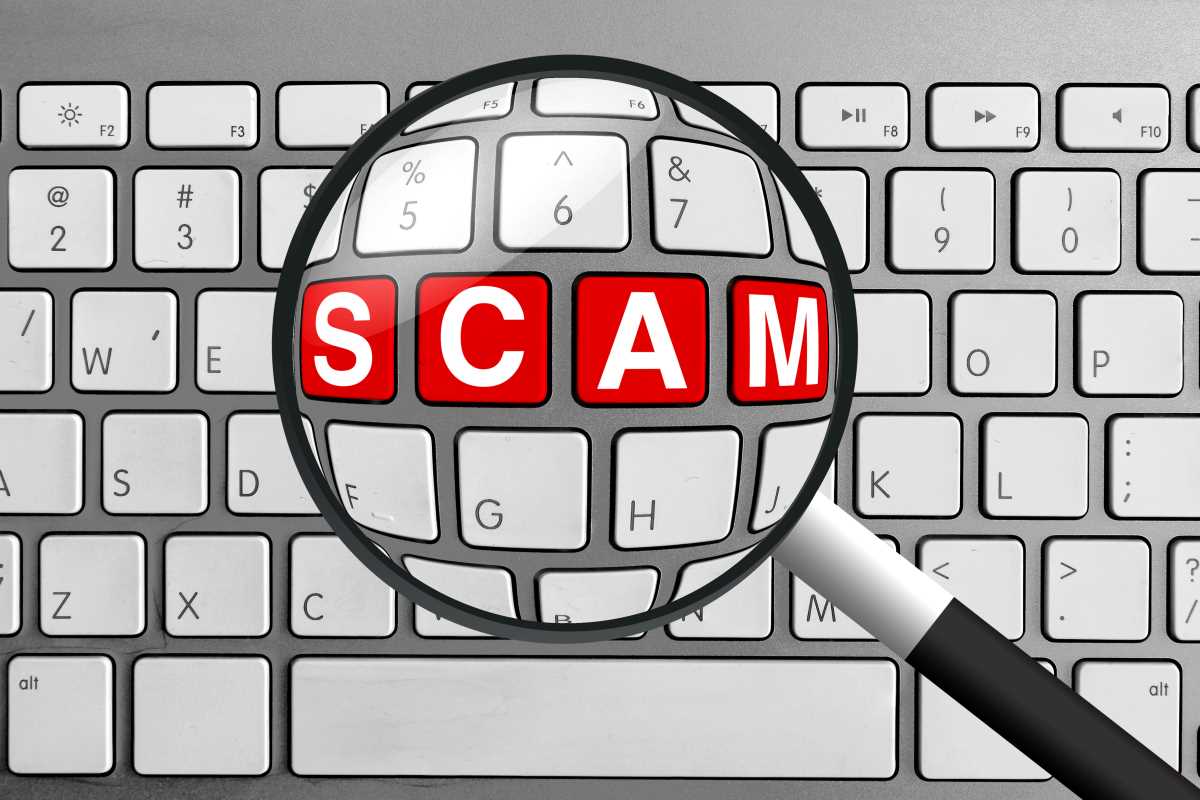You’re exhausted. Every morning, your alarm feels like an attack, and the workday stretches out like an endless road. You find yourself zoning out in meetings, feeling irritable, and the work you once enjoyed now feels like a heavy chore. You are completely burned out, and all you can think about is taking a real break—not just a weekend, but a proper chunk of time to reset your mind and body. But then, a wave of panic hits you: How could you possibly afford to take time off? The bills won't stop just because you do. This financial fear keeps many people trapped in a cycle of burnout. However, with some thoughtful financial planning, creating a budget for a mental health break is more achievable than you might think.
What is a Mental Health Break?
A mental health break is a deliberate period of time you take off from work with the specific goal of recovering from burnout and chronic stress. It’s not just a vacation. While vacations are great, we often pack them with activities and come back just as tired. A recovery break is about intentional rest and reducing stimulation. This can take many forms. It could be a long four-day weekend where you completely unplug from all work communication. It might be a two-week "staycation" where your only goal is to rest and do restorative activities. For deeper burnout, it could mean taking a full month off or even negotiating a longer sabbatical of several months to truly recharge.
Estimating the True Cost of Your Break
The first step in planning is to figure out exactly how much money you’ll need. This means calculating the total cost of your life for the duration of your break. Start with your non-negotiable fixed expenses: rent or mortgage payments, insurance premiums for health and car, and any student loan or credit card debt payments. Next, add in your essential variable costs like groceries, utilities, and transportation. It's easy to forget these, but they are a huge part of your monthly budget. Once you have this baseline number, you'll know the minimum amount you need to have saved to cover your expenses while you're not earning an income.
Building Your Recovery Fund
Once you know your target number, it's time to start saving. The most effective way to do this is to create a dedicated recovery fund in a separate high-yield savings account. Naming the account "My Reset Fund" or "Burnout Break" can be a powerful motivator. To build the fund, figure out how much you can realistically set aside from each paycheck. Even a small amount adds up over time. You can automate this process by setting up an automatic transfer from your checking to your savings account every payday. This "pay yourself first" strategy ensures you are consistently working toward your goal without having to think about it.
Trimming Expenses and Setting Boundaries
To speed up your savings, you can look for temporary ways to trim your expenses. This could mean cutting back on dining out, canceling streaming services you rarely use, or pausing other non-essential spending. This is a short-term sacrifice for a long-term gain. Just as important is setting boundaries at work right now. Protecting your time and energy before your break can prevent your burnout from getting worse. This might look like saying no to extra projects, sticking to your work hours, and turning off email notifications on your phone after you log off for the day.
Creating an Income Bridge
Taking unpaid time off isn't the only option. There are several ways to create an "income bridge" to support yourself financially. Start by checking your company’s policy on paid time off (PTO) and see how many vacation or sick days you have saved up. Some companies also offer short-term disability benefits that can cover a portion of your salary for mental health reasons, which is worth discussing with your HR department. You could also plan to take on a few freelance gigs or a flexible part-time job during your break if you feel up to it, providing a small stream of income without the stress of your full-time role.
Talking to Your Employer
The conversation with your boss about taking a break can be intimidating, but it's a necessary step. Schedule a private meeting and be prepared. You don't have to share every detail of your personal health, but you can professionally explain that you need to take a period of leave to rest and recharge to be able to return as a productive team member. Discuss the dates for your leave and present a clear plan for how your responsibilities will be covered while you are away. This proactive approach shows that you are being responsible and makes it more likely for your request to be approved.
Re-entering Work with a Plan
Your recovery doesn't end when your break does. The final step is to plan your re-entry into work. Before you go back, think about what led to your burnout in the first place. Was it an unmanageable workload, a lack of boundaries, or a toxic environment? Create a plan with clear guardrails to protect your well-being going forward. This might involve committing to taking a full lunch break every day, blocking off focus time on your calendar, or having a follow-up conversation with your manager about your workload. Your break gives you a fresh start, and these new habits will help you maintain it.
 (Image via
(Image via





